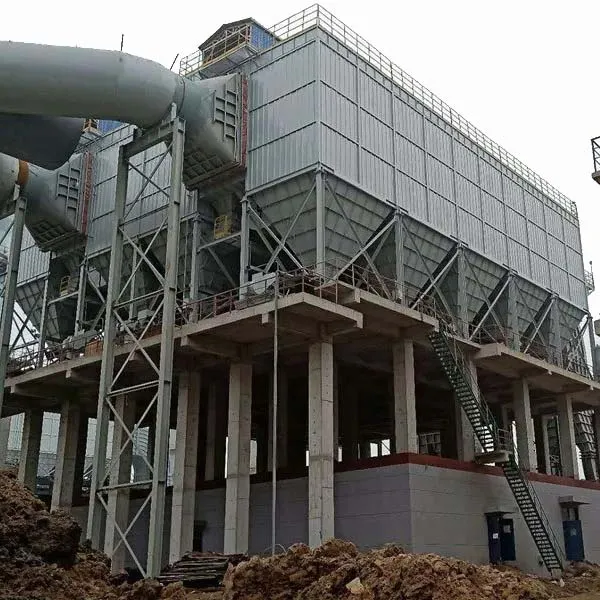- English
- Español
- Português
- русский
- Français
- 日本語
- Deutsch
- tiếng Việt
- Italiano
- Nederlands
- ภาษาไทย
- Polski
- 한국어
- Svenska
- magyar
- Malay
- বাংলা ভাষার
- Dansk
- Suomi
- हिन्दी
- Pilipino
- Türkçe
- Gaeilge
- العربية
- Indonesia
- Norsk
- تمل
- český
- ελληνικά
- український
- Javanese
- فارسی
- தமிழ்
- తెలుగు
- नेपाली
- Burmese
- български
- ລາວ
- Latine
- Қазақша
- Euskal
- Azərbaycan
- Slovenský jazyk
- Македонски
- Lietuvos
- Eesti Keel
- Română
- Slovenski
- मराठी
- Srpski језик
What are the advantages and disadvantages of an electrostatic precipitator?
2024-08-24
An electrostatic precipitator, also known as an ESP, is a type of air pollution control device that removes particles from exhaust gases or air streams using the force of an induced electrostatic charge. Below are the advantages and disadvantages of an electrostatic precipitator.
ESPs are highly efficient in removing particles from the air, especially for particles in the size range of 0.01 to 50 micrometers. They can achieve efficiencies up to 99.9% in removing dust and other particulates.
ESPs are capable of handling large volumes of gas or air streams, making them suitable for industrial applications where high-volume air cleaning is required.
Compared to other dust collection devices, ESPs typically have a lower pressure drop across the system, resulting in reduced energy consumption.
ESPs can operate effectively at high temperatures, up to 500°C in some cases, making them suitable for applications involving hot exhaust gases.
The collection zone of an ESP does not have moving parts, reducing maintenance requirements and potential wear and tear.
Most ESPs are equipped with automated cleaning systems that periodically remove collected particles, minimizing downtime for manual cleaning.
Versatility: ESPs can be designed and configured to meet specific application requirements, such as handling corrosive gases or particles with high resistivity.
Disadvantages:

ESPs require a significant initial investment due to their complexity and the need for specialized equipment such as high-voltage power supplies.
Complex Operation and Maintenance: ESPs require skilled personnel for proper operation and maintenance, including regular inspections, cleaning, and adjustment of electrode spacing.
The efficiency of an ESP can be affected by the properties of the particles being collected, such as resistivity, size, and shape. Particles with very low or very high resistivity can be difficult to collect.
Emission of Ozone: Under certain conditions, ESPs can generate small amounts of ozone, which is a known air pollutant. Proper ventilation and design can mitigate this issue.
ESPs can produce noise during operation, which may require noise reduction measures in some applications.
Limited Applicability for Some Particles: ESPs may not be suitable for collecting particles that are sticky, hygroscopic (absorb moisture), or have a high adhesion to surfaces.
Electrostatic precipitators offer several advantages, including high efficiency, large capacity, and the ability to handle high temperatures, but they also come with disadvantages such as high initial investment, complex operation and maintenance, and sensitivity to particle properties. When considering an ESP for a specific application, it is important to weigh these factors carefully.




